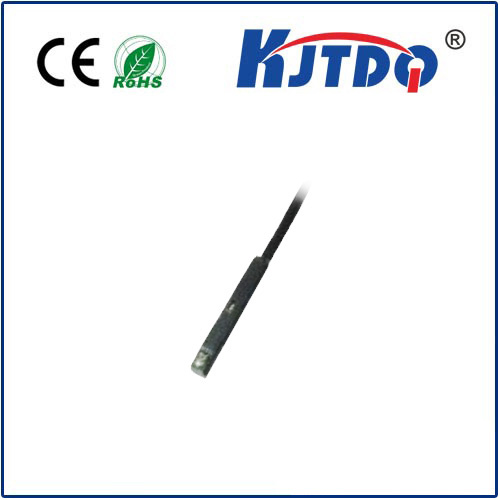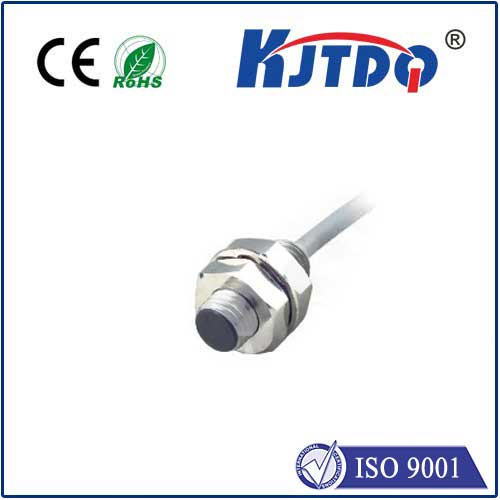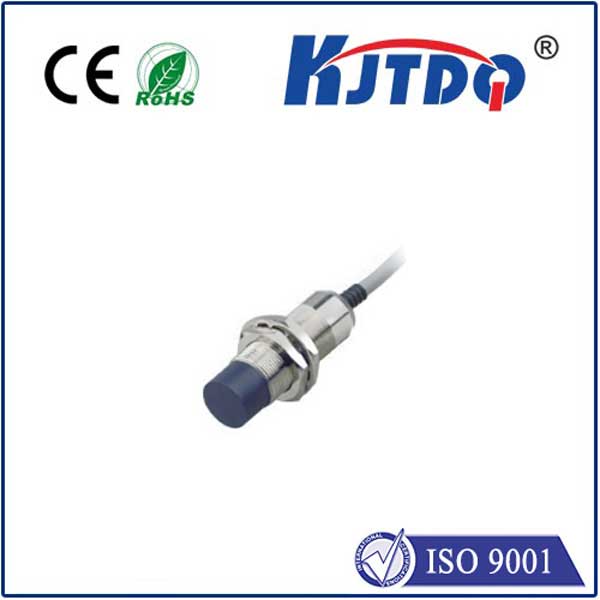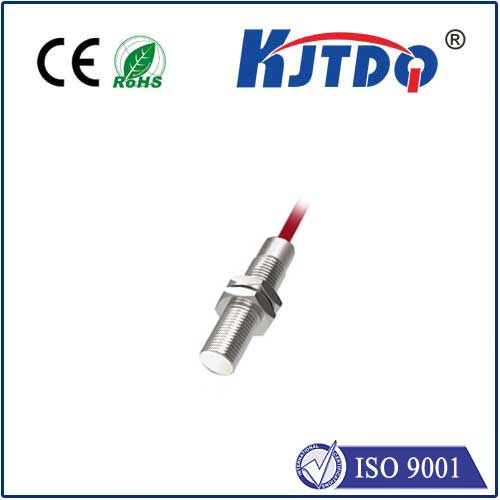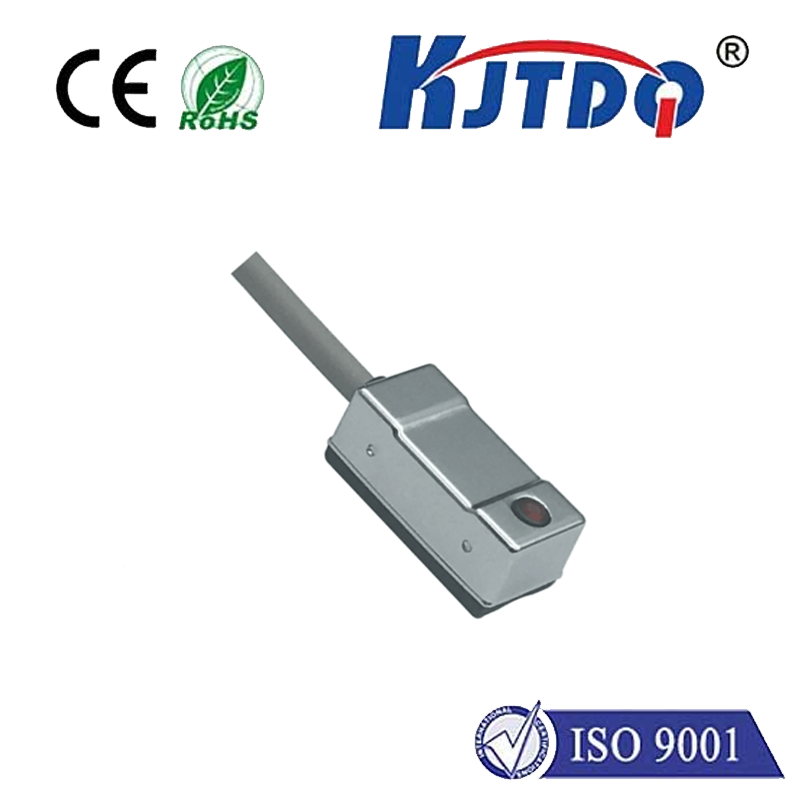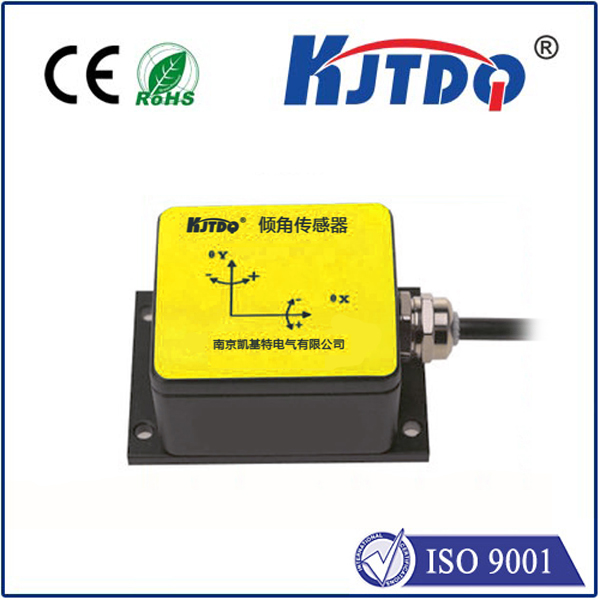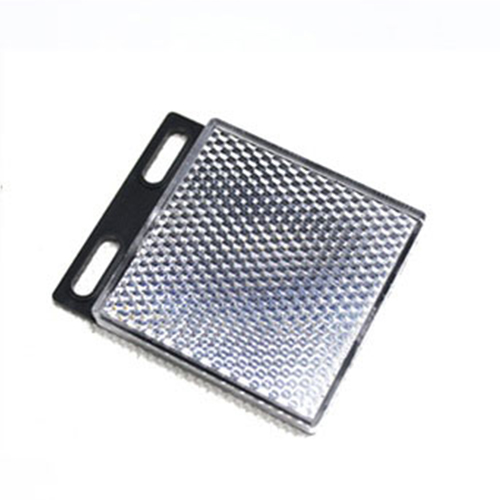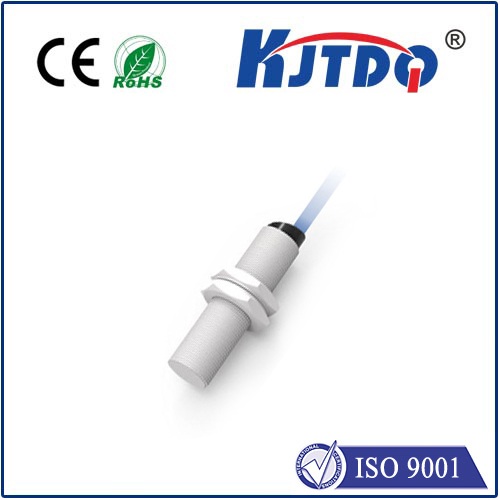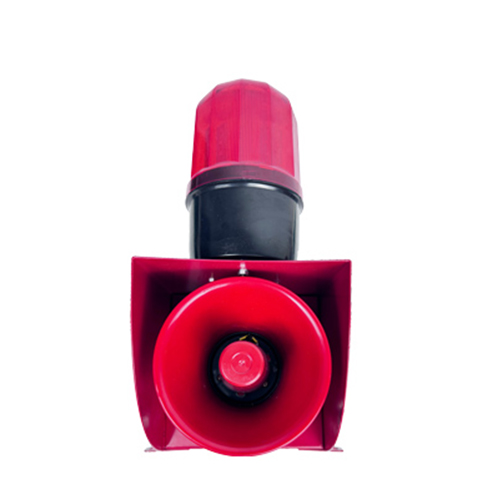rotary limit switch in eot crane
- time:2025-08-06 14:09:18
- Нажмите:0
Rotary Limit Switch: The Unsung Guardian of EOT Crane Safety and Precision
Imagine a massive Electric Overhead Traveling (EOT) crane effortlessly hoisting tons of vital cargo high above a bustling factory floor. Now imagine that crane, carrying its critical load, hurtling uncontrollably towards the end of its runway track. The potential consequences – catastrophic collision, structural damage to the crane or building, severe injury, even loss of life – are chillingly real. Preventing this nightmare scenario is where the ограничитель вращения steps in, performing its indispensable duty as a silent, mechanical sentinel within the EOT crane’s safety system. This critical component is fundamental to safe crane operation, ensuring movements stop precisely where they should, protecting personnel, equipment, and the load itself.
Understanding the Role: Why Limit Switches are Non-Negotiable in EOT Cranes
EOT cranes are workhorses of heavy industry, found in steel mills, power plants, warehouses, and shipyards. Their primary functions – hoisting loads vertically (hoisting) and moving the entire crane bridge horizontally along the runway (traversing) – inherently carry risks if movement isn’t strictly controlled. The rotary limit switch is specifically designed to prevent the crane’s bridge or trolley (the part holding the hoist that moves across the bridge) from traveling beyond its designated safe working range. This is known as over-travel prevention.
The Untold Dangers of Failure: Without an effective limit switch system:

- Crane components could collide violently with end stops or building structures.
- Cables could be over-extended or snapped.
- Motors and gearboxes could suffer severe damage from abrupt stops or jamming.
- Loads could swing uncontrollably or fall.
- Most critically, workers in the vicinity face potentially fatal hazards.
The rotary limit switch is a primary fail-safe mechanism, mandated by safety standards like ISO 12480-1 and OSHA regulations (29 CFR 1910.179), making it not just an accessory, but a legal and ethical necessity.
How a Rotary Limit Switch Works: Precision in Rotation
Unlike simple lever-activated limit switches, the ограничитель вращения operates based on angular rotation. Its ingenious mechanism provides highly reliable position feedback over potentially long travel distances. Here’s the breakdown:
- Mechanical Linkage: A small drive wheel (or sprocket) on the switch is physically connected to the moving part of the crane it monitors – either the bridge wheel (for traversing limits) or the trolley wheel (for cross-travel limits). This is typically achieved using a chain and sprocket system, a flexible cable run, or sometimes gears.
- Rotation Transfer: As the crane bridge or trolley moves, it causes the drive wheel to rotate. This rotation is directly proportional to the distance traveled.
- Internal Camshaft: The drive wheel connects to an internal camshaft inside the limit switch enclosure. As the drive wheel turns, so does the camshaft.
- Cams & Microswitches: Mounted on this rotating camshaft are precision-designed cams. Positioned around the camshaft are multiple heavy-duty microswitches (or proximity sensors in modern variants). The cams are shaped and positioned to actuate specific microswitches at predetermined rotational angles.
- Critical Angle = Critical Position: As the camshaft rotates due to crane movement, the cams progressively engage or disengage the microswitches. Each microswitch corresponds to a critical position along the crane’s travel path. Crucially, one switch is designated for the final limit position. When the camshaft rotates to the angle representing the end of the safe travel zone, the final cam activates this Финальный выключатель.
- Circuit Interruption: Activation of the final limit switch instantly breaks the control circuit for the crane’s motion drive motor (traverse or hoist, depending on the switch’s purpose). This causes the motor controller to cut power and apply brakes, stopping the crane abruptly and safely before it reaches a dangerous position. Other switches might activate earlier to provide slow-down or warning signals before this ultimate stop.
Key Applications: Where Rotary Limit Switches Shine in EOT Cranes
- Bridge Traverse Limits: Preventing the entire crane bridge from colliding with the runway end stops. This is arguably the most critical application.
- Trolley Travel Limits: Ensuring the trolley (carrying the hoist mechanism) does not travel beyond the safe ends of the crane bridge itself.
- Hoist Upper/Lower Limits (Less Common but Possible): While hoisting limits are often handled by separate drum-mounted limit switches or absolute encoders, rotary limit switches mounted on the hoist gearbox shaft can also be configured to prevent over-hoisting or lower-blocking, especially in long-travel hoist applications.
Choosing and Maintaining the Right Rotary Limit Switch for Your EOT Crane
Selecting the appropriate switch is vital for long-term reliability and safety:
- Durability & Build: Must withstand harsh industrial environments – dust, moisture, vibration, temperature extremes. Look for robust enclosures (IP67 rating common) and quality contacts designed for high electrical loads.
- Torque Rating: Must handle the torque transmitted through the drive linkage without slipping or binding.
- Accuracy & Repeatability: Essential for precise stopping. High-quality cam profiles and switches ensure consistent performance.
- Number of Circuits: Determines how many control points (e.g., slowdown zone, warning signal, final stop) can be set. Multiple microswitches offer essential redundancy and staging.
- Drive Connection: Compatible with the crane’s existing linkage (chain, cable, shaft).
- Safety Certification: Should comply with relevant international standards (e.g., ISO 13849 for safety-related parts).
Proactive maintenance is non-negotiable:
- Regular Inspection: Check the drive mechanism (chain, sprockets, cables) for wear, tension, lubrication, and alignment. Ensure the drive wheel is firmly engaged and not slipping. Inspect the switch enclosure for damage or ingress.
- Functional Testing: Periodically perform operational tests (without load!) to verify the crane stops reliably at all limit points. This should be part of the crane’s documented Preventive Maintenance (PM) schedule.
- Switch Adjustment: Never disable a limit switch! If adjustments are needed because travel ranges change or components wear, they must be performed carefully and precisely by qualified personnel following manufacturer procedures. Incorrect adjustment renders the safety system useless.
The Indispensable Sentinel
The ограничитель вращения is far more than a simple component; it is a fundamental pillar of EOT crane safety. Its mechanical precision, translating linear motion into controlled angular rotation to trigger critical stops, provides a robust and reliable fail-safe layer against potentially devastating over-travel incidents. Understanding its operation, selecting the right unit for the application, and committing to rigorous inspection and maintenance protocols are paramount for any responsible crane operator or facility manager. In the demanding world of overhead lifting, where margins for error are minimal, the ограничитель вращения stands guard, silently ensuring operations remain safe, efficient, and within bounds – truly an unsung hero of industrial automation and safety. Investing in its reliability is an investment in protecting lives and assets.

